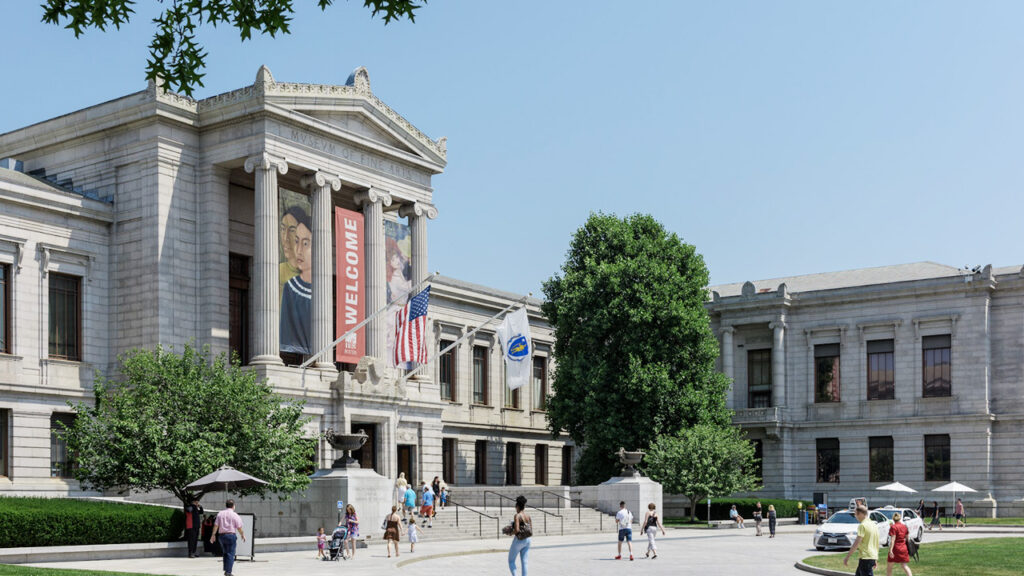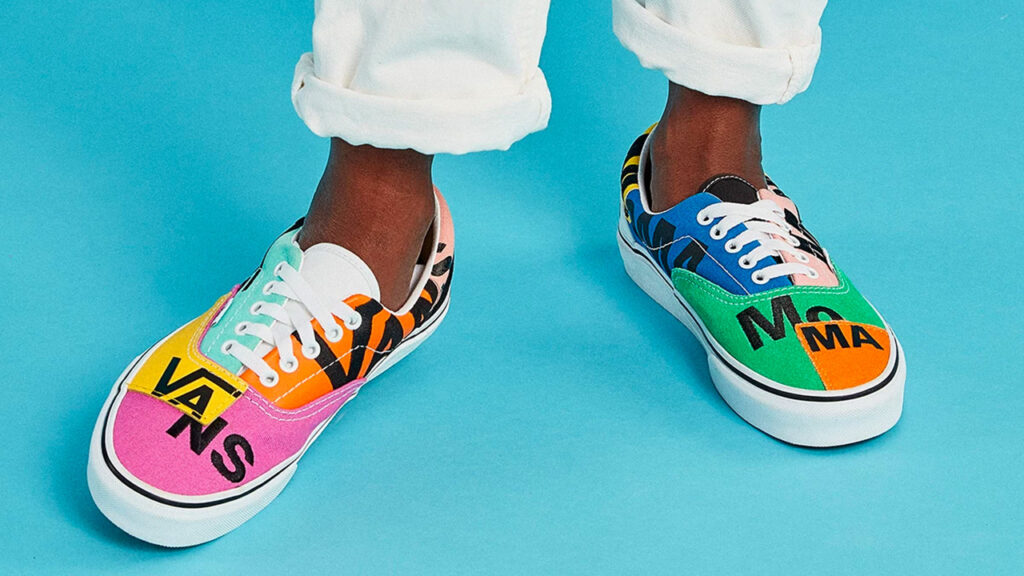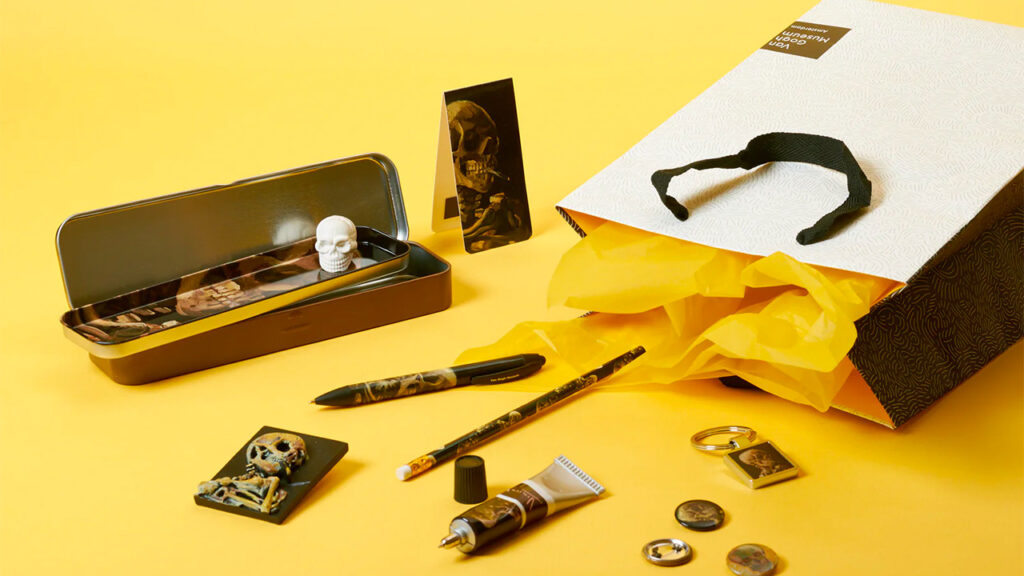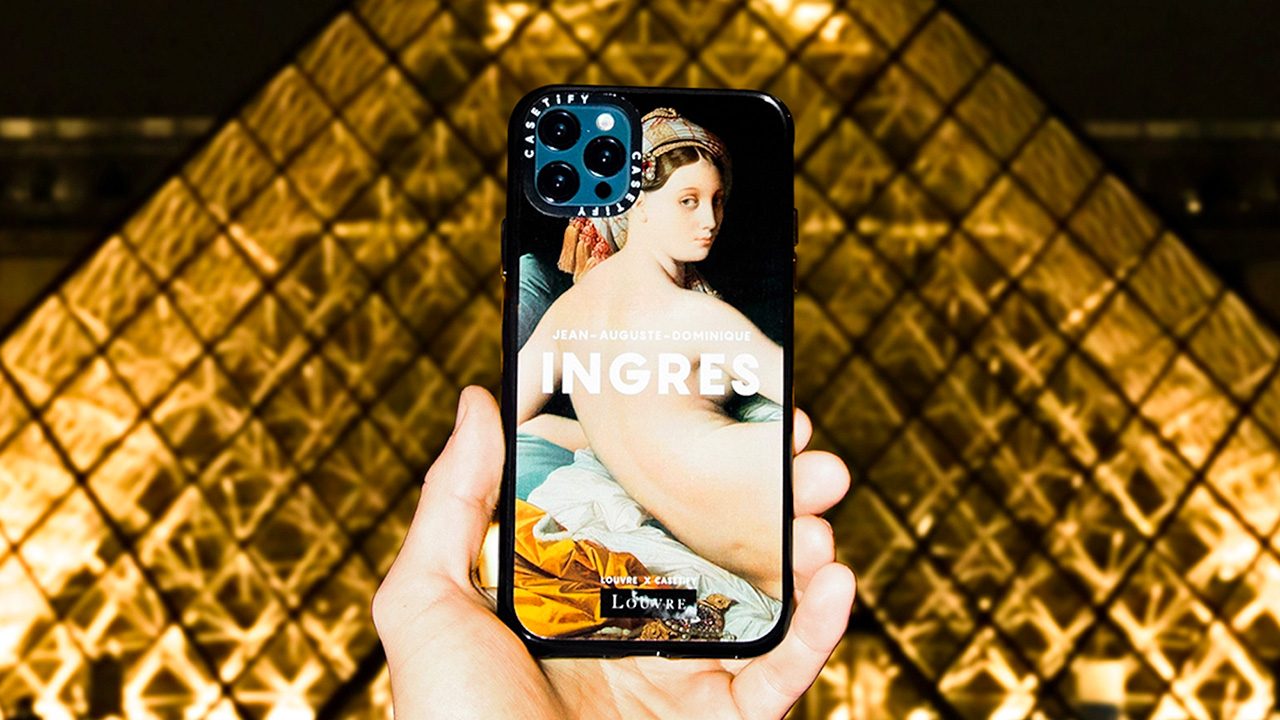Museums have long been aware of the need to expand and diversify their revenue streams to reach broader, global audiences. The pandemic has made achieving these goals much more urgent as many museums faced significant losses in revenue through closures. Visitor figures for the world’s top 100 art museums dropped by 77 percent in 2020, and the Louvre and the Metropolitan Museum of Art have reported losses of $110 million and $150 million respectively. At the same time, tourism footfall has dwindled, and the demand for digital content and online experiences has sky-rocketed. These are all developments that museums must respond to.
As a result, we are seeing a significant rise in the number of licensing deals between museums and brands. This is where museums license the cultural IP of their collections to brands for use on a whole range of products, from apparel and cosmetics to technology, food, and beverage items. It’s what the sports and entertainment categories have been doing successfully for years. The cultural sector is only now waking up to the opportunities that these licensing deals present to transform their business and expand their global audience.
So what’s in it exactly for museums?
Diversifying revenue streams

In August, the Museum of Fine Arts, Boston inked a global deal with ARTiSTORY that will see the licensing company create novel designs and products based on the institution’s IP. Image: ARTiSTORY
In 2019, global sales of licensed goods was $292.8 billion, following a sixth consecutive year of growth. Historically, art and non-profit museums have represented only 1.5 percent of sales, but these sectors are seeing the biggest growth. The Louvre’s brand partnerships reportedly generated about $5.3 million in 2020, compared to $3.2 million in 2019. China is leading in this way with Beijing’s Palace Museum reportedly making $222 million through branded product sales in 2018 alone.
The commercial opportunity for museums to subsidize and diversify their revenue streams is clear. However, the crucial part is finding the right brand partners and negotiating deals that will work for both parties.
When it comes to ARTiSTORY’s approach, the starting point is cementing master licenses with some of the world’s leading museums, before developing designs and creative assets based on their cultural IP, which we then license to global brands and retailers on the museum’s behalf. This helps ensure that the museums’ commercial and branding interests are looked after, while brands and retailers get access to unique and high-quality creative assets based on some of the most celebrated artworks in the world. Getting the balance right here is critical.
Reaching broader audiences

Released in 2020, the MoMA for Vans range featured the museum’s branding and the works of seven artists from its collection. Image: © Vans / MoMA
Licensing deals also offer museums the opportunity to reach broader audiences — across different sectors and geographic regions. The Louvre’s collaboration with tech accessory company CASETiFY, MoMA’s collaboration with Vans, and Estée Lauder’s make-up line based on artwork from the Met just scratch the surface of how museums can reach outside of their cultural sector to engage millions of consumers who might be discovering the museum for the first time.
Again, China is a key market here. The British Museum’s Tmall store receives an average of 20 million visitors per year, four times more than visitors to the museum itself. The National Gallery in the UK is reaching new audiences in China with a new licensing collaboration with KFC. A recent player joining the endeavor is New York’s Brooklyn Museum, one of the largest museums in the US located in one of the most diverse and dynamic communities in the world. ARTiSTORY has just announced a partnership with the Brooklyn Museum to expand its global market, including China.

ARTiSTORY has partnered with the Dunhuang Culture & Tourism Group to license its cultural IP outside China. Image: ARTiSTORY
This also works the other way around with Chinese museums seeking to reach international audiences. ARTiSTORY has started working with the Dunhuang Culture & Tourism Group on one of the first partnerships of its kind where Chinese cultural IP is to be licensed to global retailers and consumer brands outside China. In turn, millions of consumers around the world will be introduced to this UNESCO World Heritage site who would otherwise not be aware of it.
We are also seeing how cultural IP licensing programs are engaging younger audiences. Gen Z-ers, in particular, are increasingly using art and culture for self-expression, and choose to engage with brands that share their values. By collaborating with fashion and lifestyle brands to create innovative products and experiences, museums are turning these younger generations into ambassadors for their brands and collections.
Elevating brand positioning

The Van Gogh Museum’s licensing subsidiary oversees its licensed merchandise and brand partnerships. Image: Van Gogh Museum
The licensing of cultural IP also allows museums to elevate their brand positioning and achieve greater recognition. This happens primarily through the increasingly sophisticated ways that cultural IP itself is being executed on products. Simply copying and pasting an artwork onto an iPhone case is no longer an option. Consumers demand unique, beautiful, and carefully crafted products, and this calls for greater sensitivity with how cultural IP is used.
For example, ARTiSTORY’s global creative team draws inspiration from museums’ cultural IP to develop on-trend themes, style guides, narratives, and bespoke creative assets such as prints and patterns that can all be licensed to brands. This turns the artworks and artifacts into sophisticated stories and narratives that are far more engaging, impactful, and attractive to brands and consumers than just using a photograph of the artwork on a product. In turn, this approach positions the museum and brand partners as makers of high quality and well-crafted lifestyle products, not just souvenirs, that are relevant to current trends. It is critical to take this well-considered approach to creative execution in order to gain the full benefits of IP licensing deals.
Although the world is now starting to return to some kind of normality, the pandemic will have a lasting impact on the cultural sector. But that doesn’t change consumers’ enduring appetites to explore and discover art and culture from around the world. Museums just have to think more broadly about how to take their collections to these consumers, wherever they are. That’s why IP licensing is on the rise in the cultural sector and an emerging trend that we are likely to see growing for many years to come.
Yizan He is Co-Founder and CEO of ARTiSTORY LLP, an IP licensing firm working with some of the world’s leading museums, galleries, science centers, and libraries. He also serves as an investor and general partner of SIPIC Singapore, an investment fund that specializes in art and cultural IP. In 2013, he founded Alfilo Brands, a global licensing and retail company that works with the world’s leading museums on IP licensing deals within Greater China.



